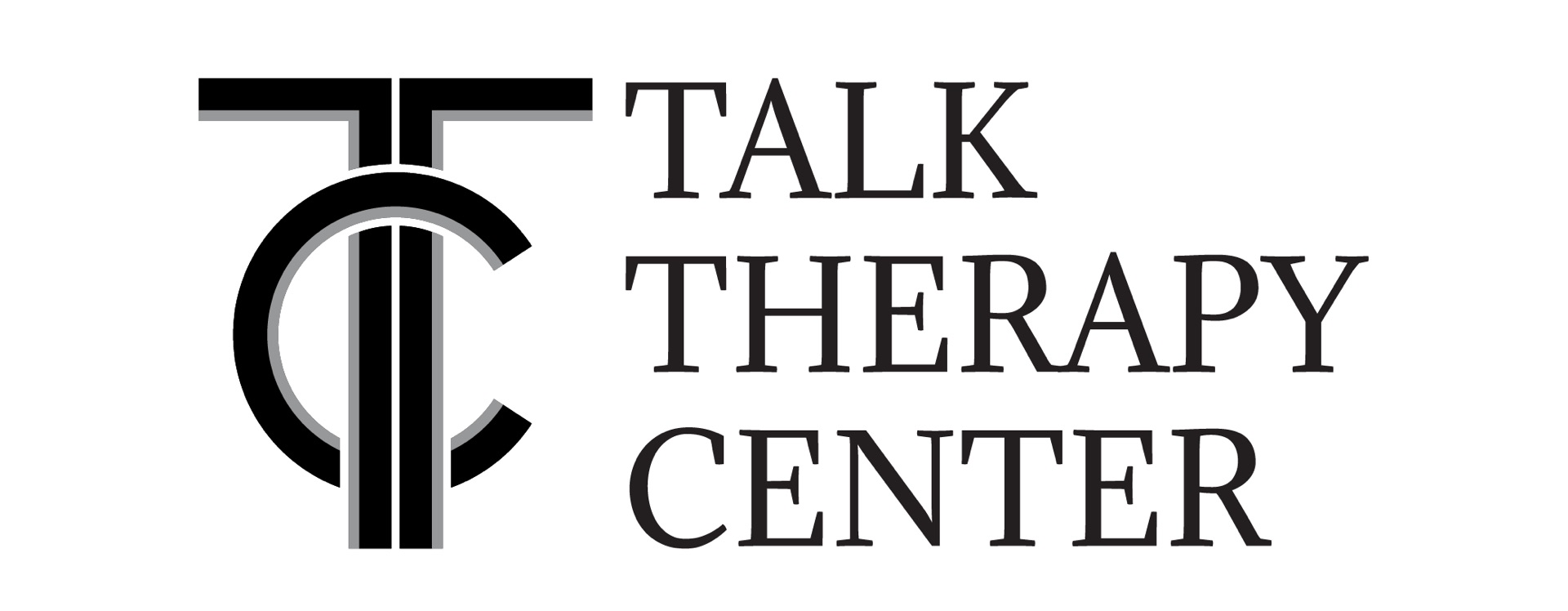Are You Using Your Emotions Right?

“Well, at least I expressed how I felt!” he said as the last time they ever talked was now just a memory.
Is that what the “expressed” emotion was supposed to accomplish? I want to challenge what your belief is on expressed emotions and offer some ideas on how to use your emotions.
Emotions are “functional”. At least I believe they were intended to be functional. Some emotions are actually less than useless. Those less than useless emotions are called “emotional disturbances”. A simple way to differentiate functional emotions from emotional disturbances is to ask the question of, can the energy that I am getting from this emotion be used to affect anything in my reality? Answering yes means what you are feeling is likely functional and answering no likely means disturbance.
So, getting back to “functional”; our emotions are intended to serve a very practical function. Our emotions give energy to bodily systems and shift mental focus. Each emotion has a different function and therefore shifts energy according to the need of that function. Examples of this include anger creating strength or fear creating withdrawal. The “function” of anger would be to protect yourself whereas the function of fear would be to escape threat.
Our friend in a few paragraphs above said he “expressed” how he felt. Let’s say he was saddened by a friend who wasn’t there for him. The function of sadness is to identify that you are feeling disconnect and encouraging reconnection through low energy in bodily systems and a slowing of/repetition of mental focus. Now, imagine our friend expressing sadness, in the way we normally would consider expressing sadness, by crying and verbalizing the thoughts about the disconnection. Does this re-connect us? No. Does this make us feel better at the time? Yes. Does that improvement last? No.
How about if our friend was feeling angry and “expressed” his anger through yelling? Might that anger have served its purpose of improving the situation of having a friend not be there? It likely caused a deterioration in the relationship since expressed anger creates distancing rather than bonding. Just another instance of “expressing” emotions not leading to desired results.
The problem with these culturally understood patterns of emotional expression is that our functional emotions have not fulfilled their “functions”. Our brain, which is often brighter than we are, knows that it is providing the correct emotion for the situation. Our culturally influenced mind, on the other hand, fails to see what use the emotion as it was designed. Therefore, our brain keeps the emotion around or increases the energy of the emotion (causing the emotion to feel more intense) until the function of the emotion is fulfilled. Once we learn how to fulfill the function, we return to baseline energy (i.e. relaxation/calm/recovery).
Fuel vs Map: The error that we fall into is that we express emotions while thinking that the emotion is the map on how to respond to the situation. Almost like an instructional map telling you a manualized process to engage in that does not consider the nuances of the situation.
I want to encourage an alternative pattern which is to see the emotions as being the fuel to resolve our situation. Fuel would be what gives us the ability to address what we are looking to address and not what is to be addressed itself (i.e. the feelings of wanting a closer friendship rather than anger at the friend). The map has us walk around in our fear and the fuel has us use the fear to create safety.
Using the fuel idea, we can apply the emotions to the situation above:
Situation: Friend not “being there”.
Anger: Increase strength to be able to speak to friend about expectations in how you’d like to be treated so you can have a safer friendship.
Sadness: Decrease energy until able to speak to friend about desire to have friend in your life the way that improves your bond.
Earlier examples of how we use emotions as a map demonstrated how emotional expression in the culturally understood patterns can lead to movement further away from common sense goals of the situation. By using our emotions as fuel towards our goals we can inspire actions that cause our emotions to release their hold on us and improve our situations. As a reminder, all organisms on our planet have the wiring to move towards continuing. Humans continue by bonding closely with our tribe and ensuring safety around us. If you are curious what the function of your specific emotion is related to, think “how is this trying to help me continue?”

